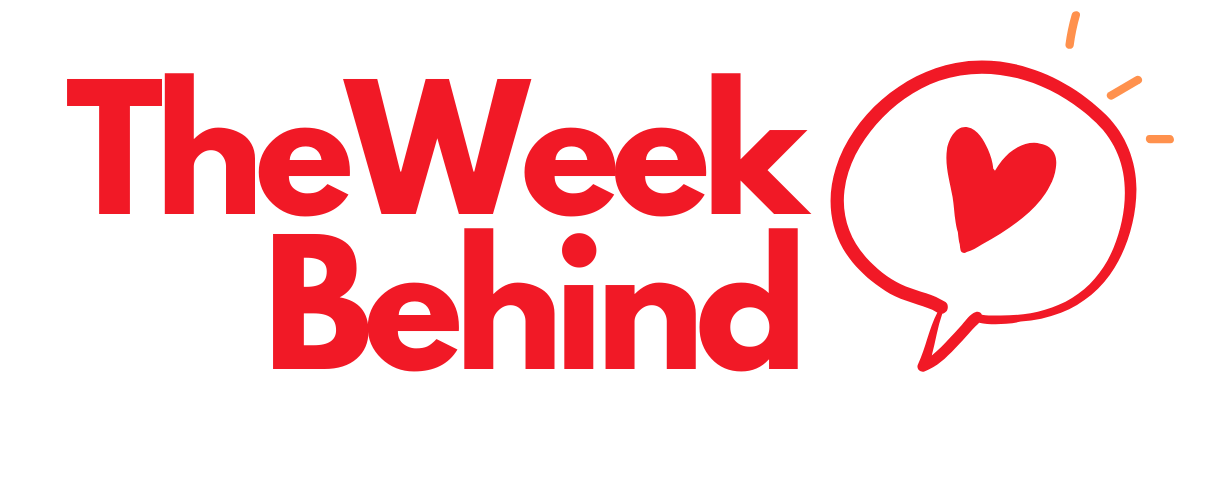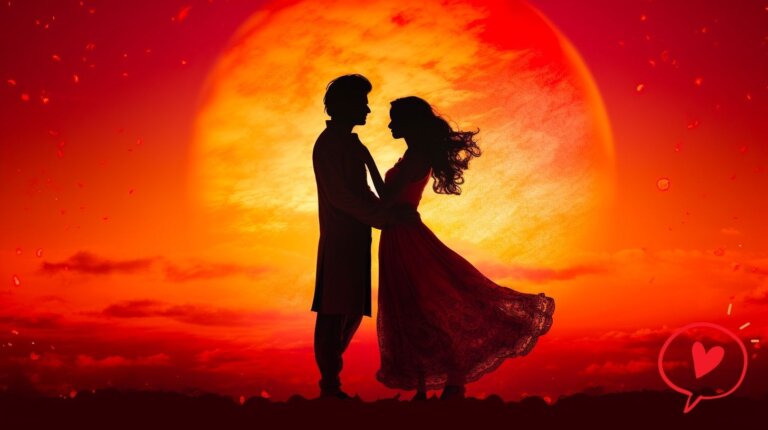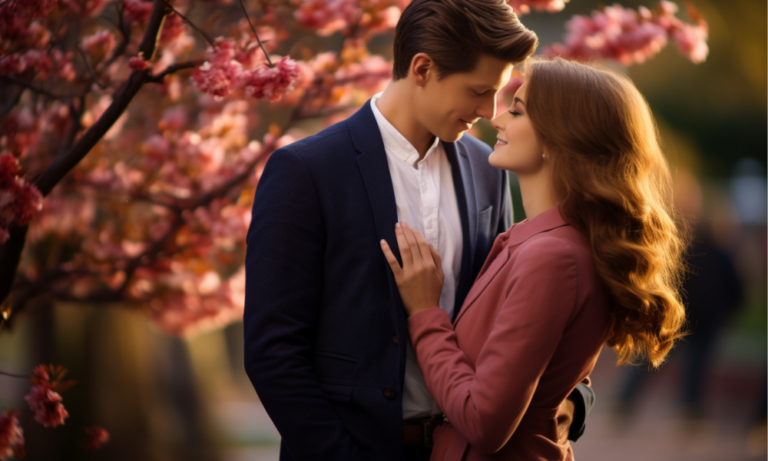Growing up, Radha Patel was aware of traditional match-making in her parents’ homeland, India. Fast forward to 2018, her friends, exhausted by online dating, sought her advice in finding partners. Answering the call, Patel turned her knack for connecting people into a full-blown venture, “Single to Shaadi“. Her enterprise flourished, especially after 2020, coinciding with the release of Netflix’s hit series “Indian Matchmaking” and the pandemic, both factors contributing to singles seeking genuine connections beyond apps.
The trend hasn’t gone unnoticed. Recent years have seen the establishment of various matchmaking agencies. Even Match Group, owner of popular apps like Tinder and Hinge, jumped aboard in 2021, offering human-curated matches on Match.com for a fee. And soon after, Netflix released “Jewish Matchmaking“, echoing the public’s renewed interest in the age-old practice.
Historically, various cultures worldwide relied on a mediator to find a compatible match. This role was often taken up by religious figures, elders, or respected community members. They primarily served the families, ensuring not only individual compatibility but also familial cohesion. The motivation behind marriages evolved over time. As Moira Weigel, author of “Labor of Love: The Invention of Dating”, points out, pre-Industrial Revolution marriages often aimed at agricultural collaboration. By the 19th century, love became the focal point of unions.
However, the advent of dating apps turned romance into an individual pursuit, often time-consuming and isolating. For instance, Hinge’s 2016 report showed only a minuscule fraction of swipes leading to meaningful connections. This, combined with the exhaustive nature of “DIY dating” described by Patel, paves the way for matchmaking’s resurgence. Many now perceive its service – the human touch, expertise, and personalized guidance – as invaluable, even if it comes at a hefty price.
Case in point: Connie Weaver, a widowed executive, found solace and success in “Selective Search”, a matchmaking firm. It introduced her to someone she wouldn’t typically consider on a dating app, underscoring the magic and unpredictability of human intervention in the dating process. While algorithms and questionnaires have their place, the ineffable, mysterious nature of love and chemistry remains elusive. As Michal Naisteter, a matchmaker and podcast co-host, states, “Some of this process is miraculous.”
Today’s seekers of romance desire both efficiency and a touch of magic. They seek an intersection of modernity and tradition, wishing for a balance between autonomy and guidance. Matchmakers like Patel bridge this gap, updating their methods without losing the essence of the tradition. At “Single to Shaadi”, for instance, Patel promotes inclusivity, shunning caste-based matches and welcoming clients from diverse backgrounds and orientations. The offering is simple yet profound: assistance in finding love without the pressure of navigating it solo.
According to theatlantic.com.




